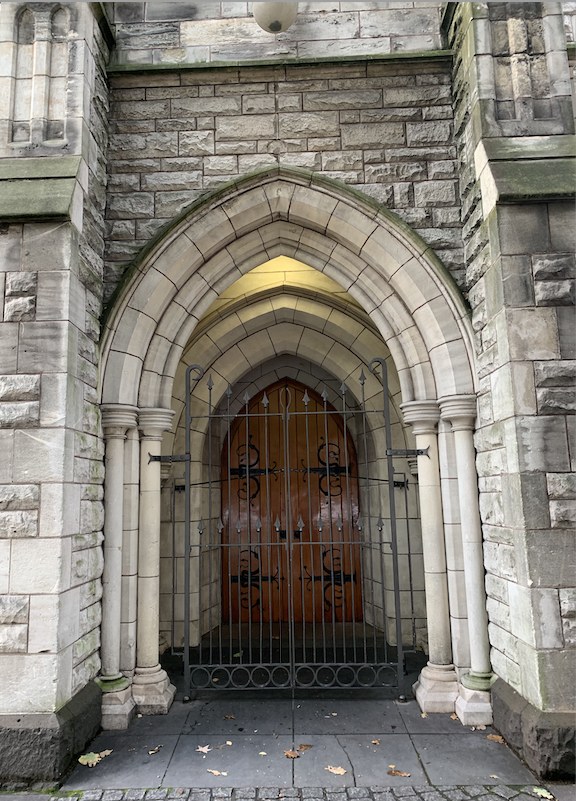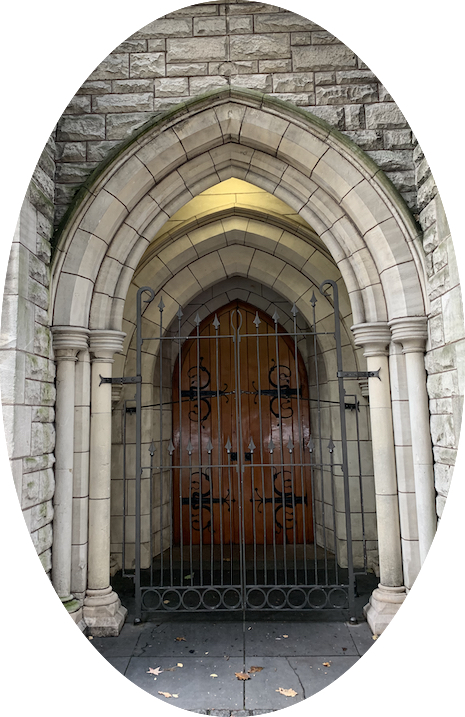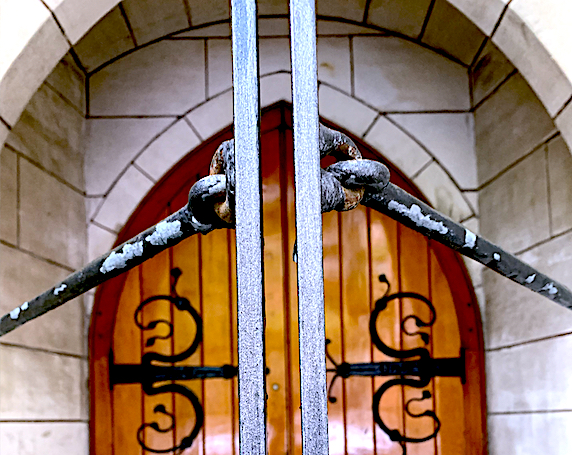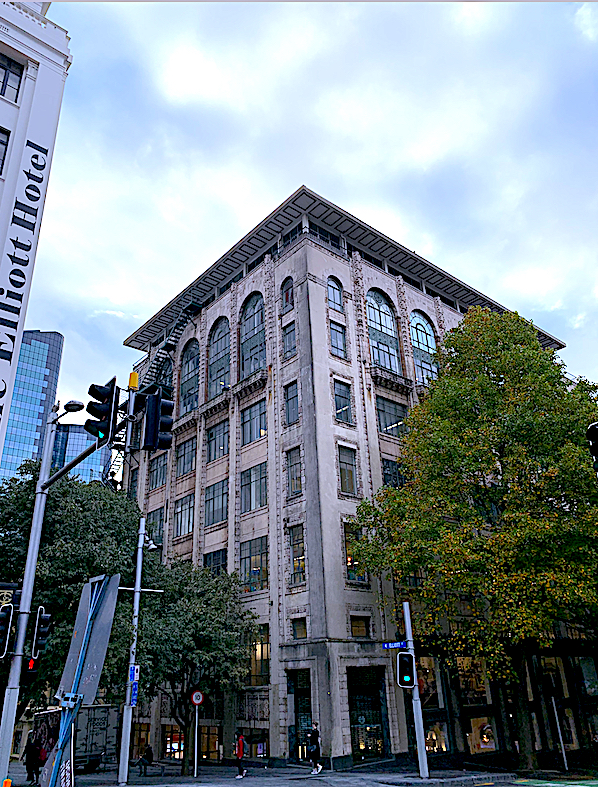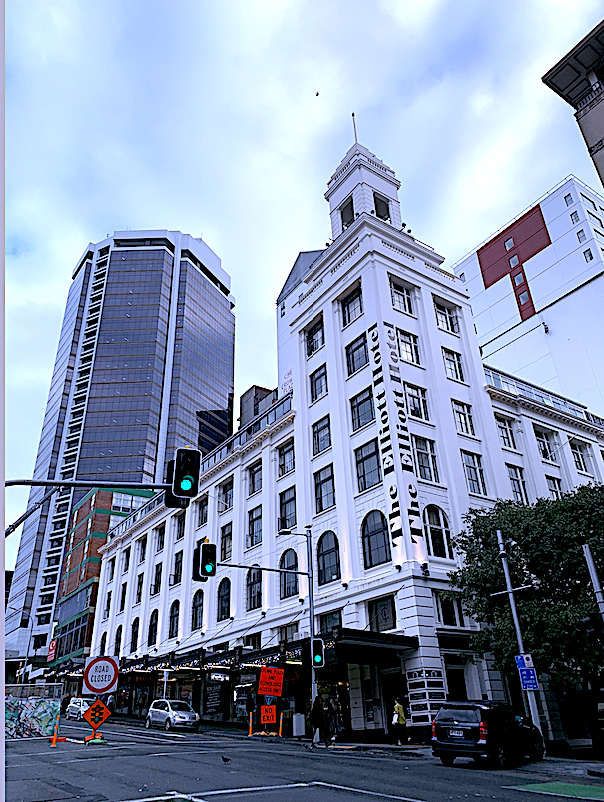Week 2: Tuesday, 20th April. For the second time, we returned to the dark room to continue to discover through experimentation the process of using a Pinhole Camera. This time we could venture further a field into the CBD and select a range of places and objects, to expose the light to our paint can cameras.
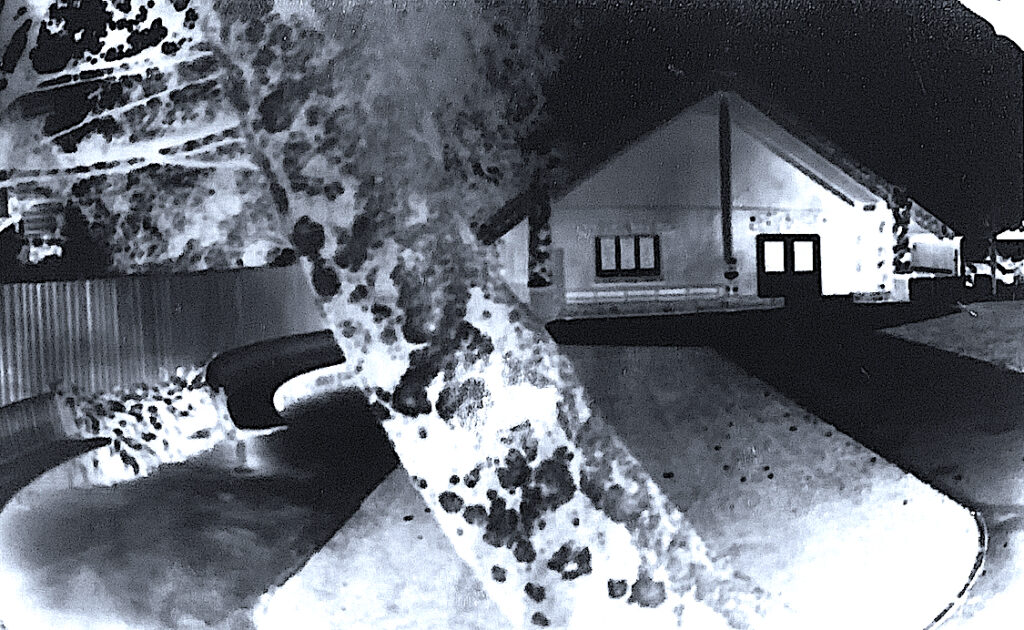
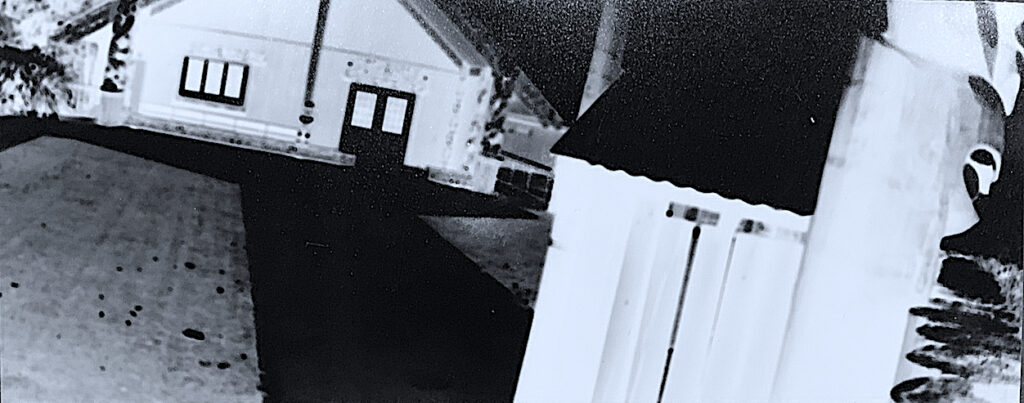
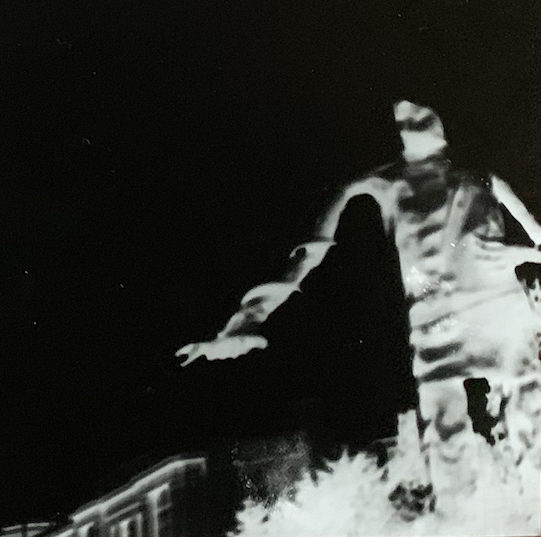
Centuries old theatre buildings and their architectural details (inside and out) spark my interest. As a past theatrical performer, it was a career highlight to perform for European audiences in richly ornate, and historical theatres (such as in Vienna, Berlin and Amsterdam). A theatre always has a mysterious history or story to tell.
The Civic Theatre still exists on the corner of Queen and Wellesley Streets. Yet, two other significant Auckland theatres (St James Theatre and His Majesty’s Theatre), both originally on Queen Street have been unfortunately demolished. I still retain special memories of performing in these three historical buildings.
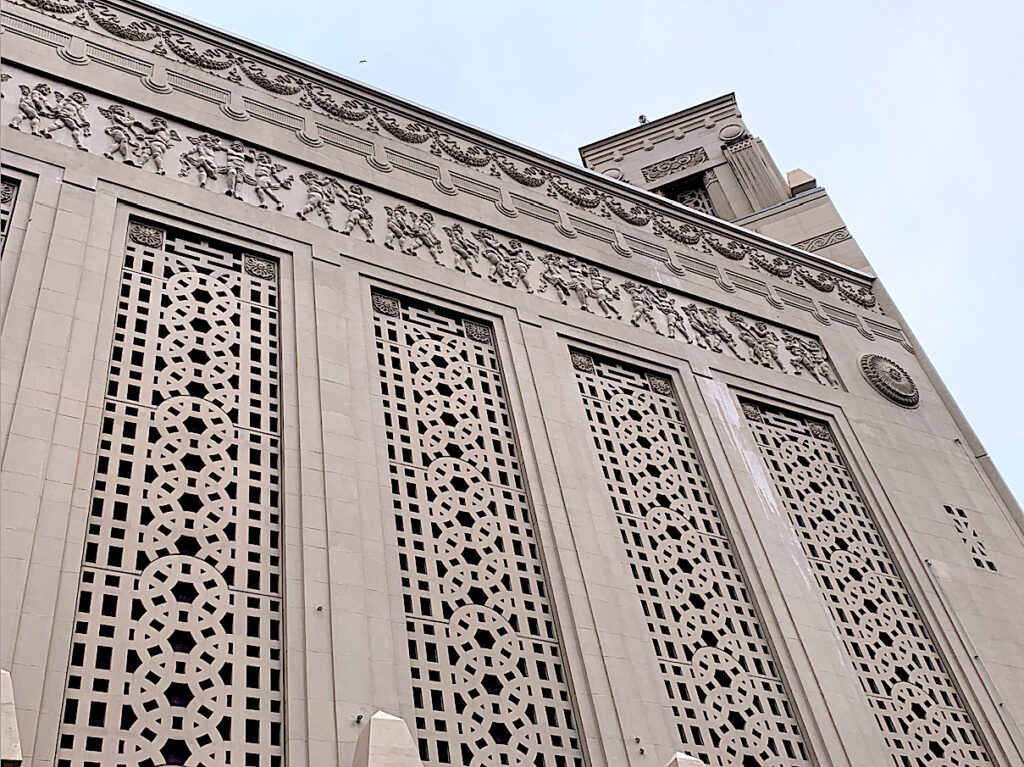
Facade decoration is attractive to me, because I like textured surfaces. The outside shell of ‘The Civic Theatre’ above, displays character and symbol wall relief projections, patterns with perforations, and intricate patterns that repeat.
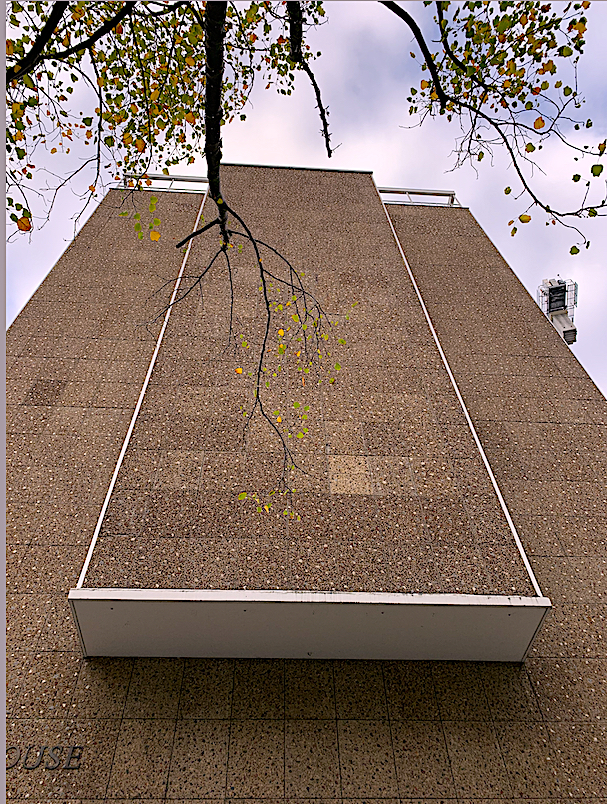
I like how natural materials such as wood, handmade ochre/red clay bricks, blue granite, and Oamaru sandstone, can provide a traditional warmth to a building. By exposing interior structural materials such as black iron and steel next to the brick wall work, and adding large reflective panes of glass can create an attractive modern industrial feel.
This striking portal below has a combination of materials such as a carved wooden Pare (Lintel)), glass, and steel, that combines traditional Māori art with modern design.
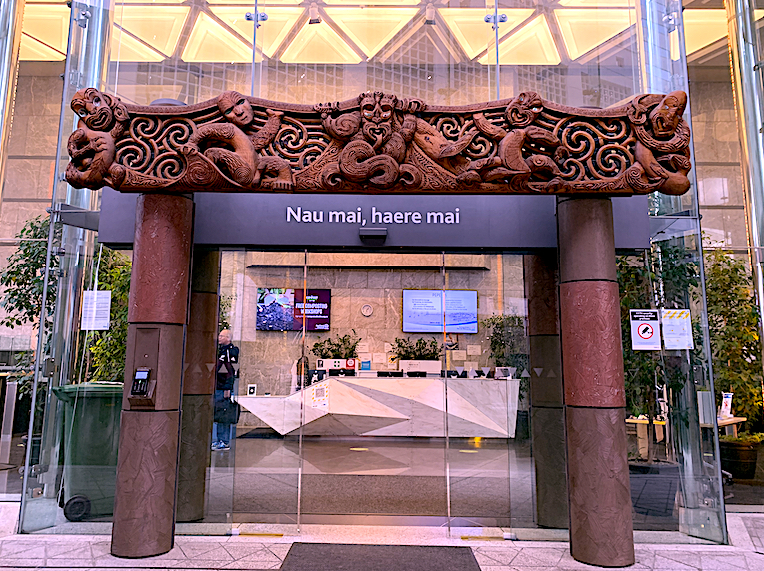
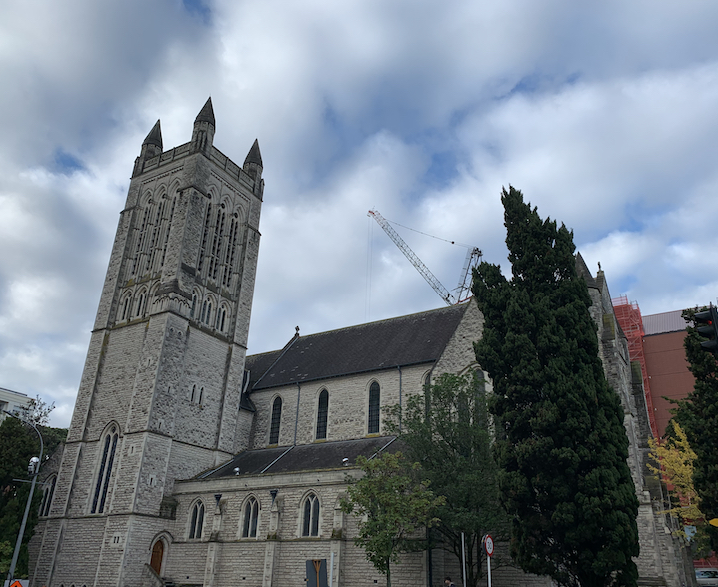
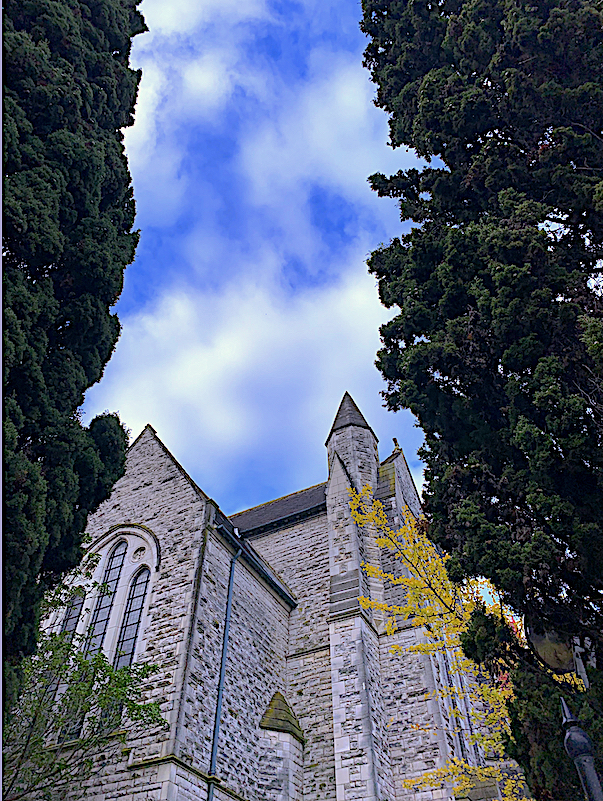
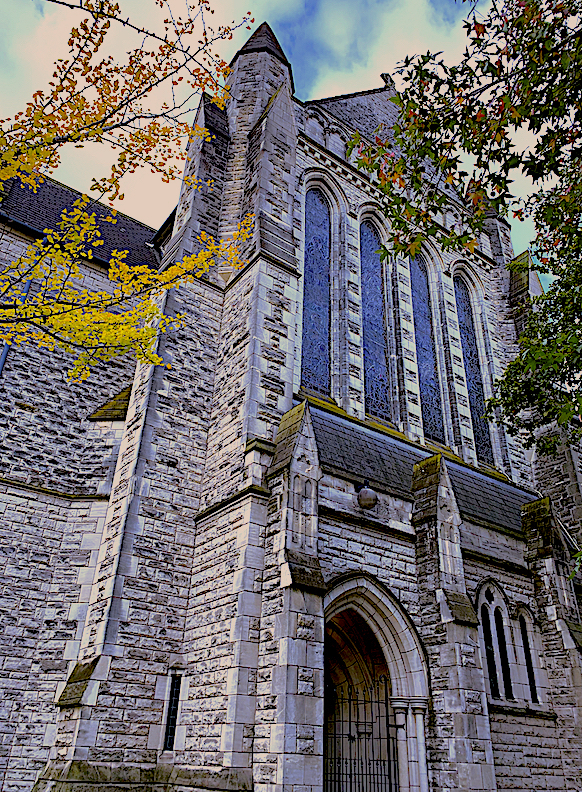
I enjoy seeing views within views, such as a window view in a painting, or negative gaps and spaces inside sculpture and architecture. I like the mystery of being drawn into an arched portal entrance, like a large gate or door, because it makes you wonder where the door or path beyond leads to.
